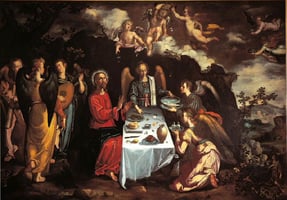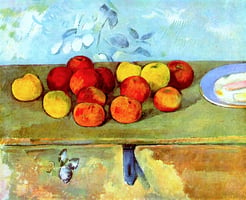The Spanish painter Francisco Pacheco (1564-1644) was a highly influential artist during the...
Rubens: His Art, His Life and His Lasting Impact
Rubens (1577–1640) was a Flemish painter and draftsman who is considered one of the most important and influential artists of the Baroque period. He is best known for his dynamic compositions and vivid coloring. He was born in Siegen, Germany, and moved to Antwerp, Belgium, at the age of 10. He apprenticed with a local artist, Otto van Veen, and studied under the painter Adam van Noort. Rubens quickly became a sought-after court painter for the aristocracy. He traveled extensively throughout Europe, working for many different patrons, and mixing with the artistic and intellectual elite.
In the early 1600s, Rubens was appointed court painter to the Spanish King Philip IV, and moved to the Spanish court in Madrid. He was highly respected by both the Spanish and Flemish royal courts, and became a diplomat, working to broker international peace agreements. He was an active participant in the Counter-Reformation, painting a number of altarpieces and religious works.
Rubens is credited with developing the Baroque style, which was characterized by its emotional intensity, dynamic compositions, and vivid coloring. He was a master of the Baroque figure, often depicting classical scenes with exaggerated movement and gestures. He was also a master of composition, using diagonals and S-curves to create dynamic and powerful images.
Rubens’s work was highly influential and was adapted by other artists. His work inspired the Rococo movement in the 18th century, and his influence can still be seen in modern art. He is one of the most important painters in Western art history, and his works continue to be admired and studied today.




